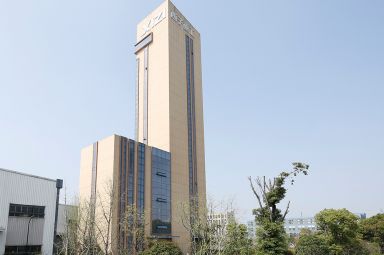
The company's technology research and development personnel accounted for more than 15% of the total number of people, built a provincial-level enterprise technology center, equipped with a 70M high, a total of 8 wells of the elevator test tower, is currently preparing to build a modern laboratory.
Elevator test tower parameters
Area:403m2
Height:70m
Floors:12
Able to: 1)Run 8 elevators at the same time
2)Load 30T at most
3)Run at ≥1.75m/s for 5t freight elevator
The laboratory covers an area of 500 square meters and has 8 sets of professional experimental equipment with 8 types of testing items:
| Eight categories: | Eight sets of experimental equipment: |
| Electrical Safety | Metallographic analysis room |
| Special equipment form experiment | Mechanical performance laboratory |
| Electrical performance test | Electrical testing laboratory |
| Life test | Salt spray laboratory |
| Instrument calibration | Instrument metrology laboratory |
| Mechanical performance | EMC laboratory |
| Simulated environment experiment | Horizontal thermostat laboratory |
| Nondestructive testing | IP laboratory |
Date of establishment: February 2014
Purpose: Welding quality improvement, welding process innovation
Object: Important project technical research, through external professional certification, to meet customer requirements, skills inheritance and spread, help, with a good tradition
Personnel:Senior Technician 2 people
Welding technician 3 people
Welding Engineer 1 people
Mechanical Engineers 2 people
International welding technician 1 people
CWB Welding administrator 2 people
Achievement:
1、Honor: In June 2017, won the title of “Haining Innovation Studio”
2、Honor: In December 2017, won the honor of “Jiaxing Ma Jianfeng Skill Master Studio” and received 30,000 yuan of construction funds.
3、Welding qualification for evidence collection and review: In August 2016, CWB (Canadian Welding Bureau) first-class qualification certification, 43 CWB welding personnel; ISO3834-2 & EN1090-2 review; 87 ISO9606-1 European standard welder certificate
4、Welder training: 4 years of training for new employees, technical school students, welder skills improvement, in the Xizi Olympiad competition to guide the technical points of the game, to obtain the excellent results of the elevator welder senior group
5、Quality: The ability to test the weld specimen macroscopically to ensure the weld quality inside the weld
6、Project: tooling production, restructuring and maintenance, and technical transformation project experiment
7、Customer evaluation: Highly recognized by the president of Kuntong Global for the management of Xizi Heavy Industry Welding.
 | 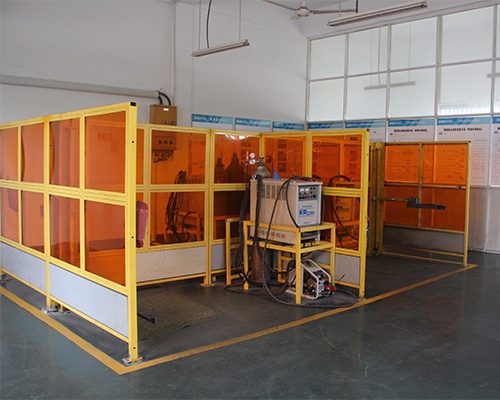 |
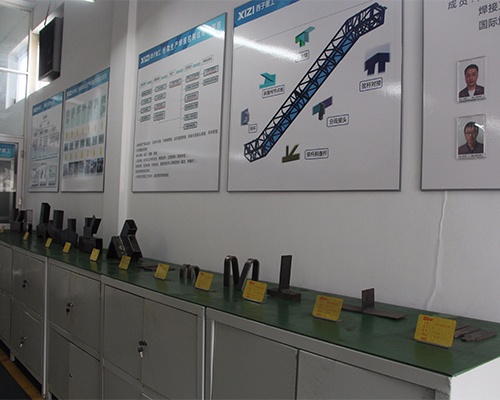 | 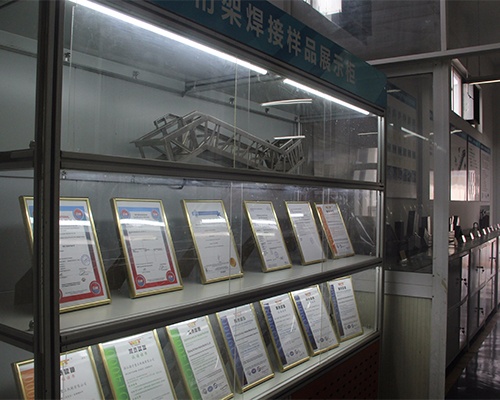 |
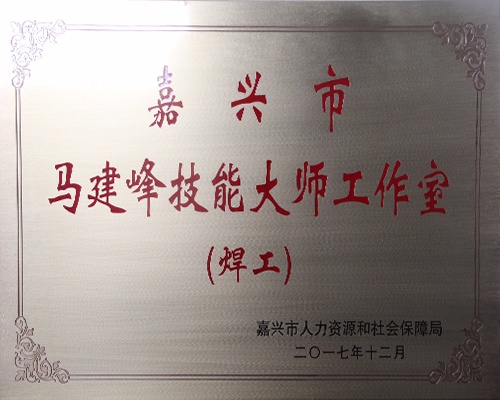 | 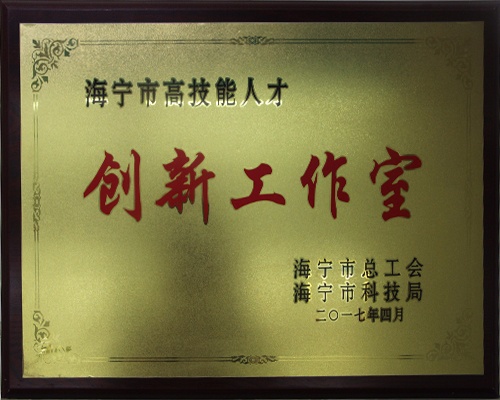 |
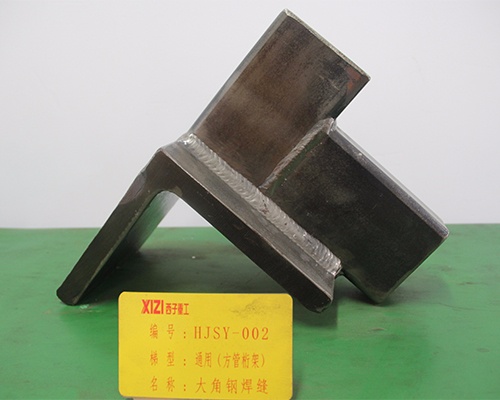 | 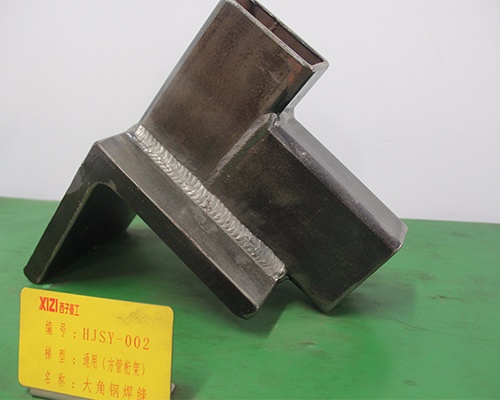 |
Product design and development shall implement and implement national standards, industry standards and enterprise standards, and refer to the implementation of foreign advanced standards and international standards when necessary.
1、Design and development process description
Project pre-research stage
· Stage Description: In this stage, the market department conducts preliminary market research to analyze the feasibility of the project. After the pre-research stage is approved, the project can be entered into the project establishment and feasibility stage.
Project establishment and feasibility
· Stage elements: Clearly define the product and its functions, conduct sufficient market research, analyze the feasibility of the project, assess whether the potential solution is in line with market opportunities and sales strategies, and assess whether the R&D expenses are within acceptable limits.
· Main deliverables: project application form (research and development costs, completion time, project phase and time required), design task book (determination of project manager and team members, initial project plan and target cost, etc.): feasibility analysis report ( Including market research, market forecasting, technical research and economic benefit analysis, etc.).
Prepare and determine plans
· Stage elements: Technology Agreement: Establish supply chain, standard applicability, product adaptability, EH&S, IP strategy and plan, eliminate reliability and maintainability indicators, and analyze training needs.
· Key Stage End Marks: clearly defines the product requirements; clarifies the detailed phase plan; determines the design plan.
· Key deliverables: project plan; design plan; adoption of design review (ConDR); standard practical plan, RH&S plan; IP strategy analysis report.
R&D and prototype trial production
·Stage elements: detailed system and component design; prototype design and manufacturing completed and tested; start development of other related processes, including: manufacturing process, funding plan, supply chain selection, standard applicability and EH&S assessment, IP strategy implementation.
· Key Stage End Marks: Complete prototype assembly and performance testing through rigorous design reviews of systems and components.
· Main deliverables: prototype drawings; finite element analysis report; D-FMEA; product testing procedures; preliminary design review (PDR); test plan; key components and performance test report; procurement plan, supplier evaluation; prototype trial summary Cost model; rigorous design review (CDR).
Release preparation and quality certification
· Stage elements: serial production and certification; preparation of pioneer product production and partial release; certification and approval of production lines, supply chain and other supporting processes, pioneer product training.
· Key Stage End Marks:Complete the Production Part Approval Process (PPAP); complete the Pioneer Product Sales and Release Program; confirm and approve the support process.
· Main deliverables: EH&S review report; trial drawing; reliability test report; process tooling; P-FMEA; control plan; work instruction book; sales manual, random documents and other sales support materials; pioneer product release plan;
Pioneer customer
· Stage elements: evaluate Pioneer products, track, collect, and analyze feedback; prepare for mass production and full release; start troubleshooting and product improvement, sales training.
· Key Stage End Marks:Successful Pioneer Customer Feedback; Successful Supply Chain Configuration; Continuous Improvement Program, Project Handover Fake Implementation; Technical Process for Mass Production and Team Readiness.
· Main deliverables:Pioneer product release; Pioneer product feedback, improvement record; final sales support materials; standardization review report Pioneer product release summary; final quality review (FQA); formal production pattern.
Fully publish
· Stage elements: The products were transferred to mass production and fully released; the products were completely handed over to marketing and manufacturing; the difference between project objectives and reality was analyzed; and the market was officially launched.
· Key Stage End Marks:The product was completely handed over; the completed activities and lessons learned were documented; the project team was disbanded.
· Main deliverables:Project summary, perfection of formal production drawings.

2、Design and development review
The project manager shall complete the statement at least 3 working days before the date of the review and submit the application form together with the review application form. The chief engineer shall review the completion of the deliverables and a tracking form of the previous review and agree to the review requirements. The Product Management Section arranges for review. The review requirements are issued at least 2 working days before the date of the review. Colleagues provide the presentation materials to the jury (except for confidential information). To improve the quality of the review. The project team members are responsible for the completeness and correctness of the review materials. The project manager can arrange for the project team members to report the statements of the modules they are responsible for according to the actual situation. The meeting resolutions are issued to the participants in the form of review records, and the Product Management Section must be released within 1 working day after the meeting.
1 Stage review
The phase review is held at the end of each phase of the product development process. Invite attendees to have members of the Corporate Executive Committee (select appropriate personnel from among their members based on the complexity and stage of the project), project team representatives, and other relevant personnel (when needed).
· Phase 1 Review: Decide whether to invest in manpower, material development of the product, and decide whether to establish a detailed development plan.
· Phase 2 Review Meeting: Decide whether to grant the resources required for the next phase of development and testing of the product.
· Phase 3 Review: Determine whether the prototype of the product meets the requirements and assess whether the risk is within the controllable range, thereby deciding whether to grant the manpower and funds required for the next phase of product manufacturing and process control.
· Phase 4 Review: Determine whether the product meets the requirements and assess whether the risk is within the controllable range, thereby deciding whether to approve the partial release of the product and provide follow-up support.
· Phase 5 Review: Determine whether the product meets the requirements and assess whether the risk is within the controllable range, thereby deciding whether to approve the product to be fully released and provide full range of follow-up support.
2 Technical review
Invite attendees to have members of the Technical Strategy Review Committee (select appropriate personnel from their members based on project needs), project team representatives, and other relevant personnel (need to participate). Technical review and phase review can be carried out simultaneously with the actual situation.
· Program Design Review: In Phase 2. Purpose: To determine if the selected solution meets the product requirements set forth in the design task.
· Preliminary design review: in stage 3. The prototype is designed and can be tested. Purpose: To ensure the integrity of the design, to ensure that the design meets the requirements specified in the established program, and to evaluate the preparation status of the prototype manufacturing, assembly and testing.
· Strict design review: In phase 3, the prototype test report number is completed, and the design phase is essentially terminated. Objective: To evaluate the basic performance of the prototype and verify its coordination and uniformity: meet the requirements, can be completed within the established time, the cost is within the target range, and the performance meets the expected results.
· Preliminary quality review: in stage 4. Design refinement and reliability testing is completed. Purpose: To ensure that the final design meets all requirements and that the installation risk of Pioneer products is within acceptable limits.
· Preliminary quality review: in stage 4. Complete design improvement and reliability testing. Purpose: To ensure that the final design meets all requirements and that the installation risk of the Pioneer product is within acceptable limits....
3 Review conclusion
· "Continue": Approve and authorize the project team to proceed to the next phase of development.
· Stop": Cancel or suspend this item.
· "Needs improvement": The project team should make improvements based on the review comments and reorganize the arrangements for re-assessment.

3、Design and development process execution
During the project development process, the project team and each department shall complete the corresponding tasks one by one according to the contents of the Design and Development Control Program Flow Chart. For specific product development projects, the unneeded terms may be deleted based on the actual development content, but must be explained. For projects commissioned by other companies to develop or co-develop, the technical center may apply for a project to clarify the requirements of all products, including product performance, structure, schedule requirements, etc., and must sign a technical agreement (the results, patent ownership, etc.).
1 Project team appointment
After the project development intention is determined, the project manager is recommended by self-recommendation or selection within the technical center. The project manager has at least one year of relevant work experience, and the technical director approves on behalf of the enterprise executive committee.Then, the project manager proposes a list of project team members, and after approval, the personnel administration department issues an appointment letter.
2 Streamline the process definition and process for the project type
The project team proposes detailed development content and progress in the Project Plan according to the complexity of the project. For the unneeded terms, all the changes in the project development process shall be documented, and the relevant changes shall be reviewed and verified as necessary. Confirm the result of the change.